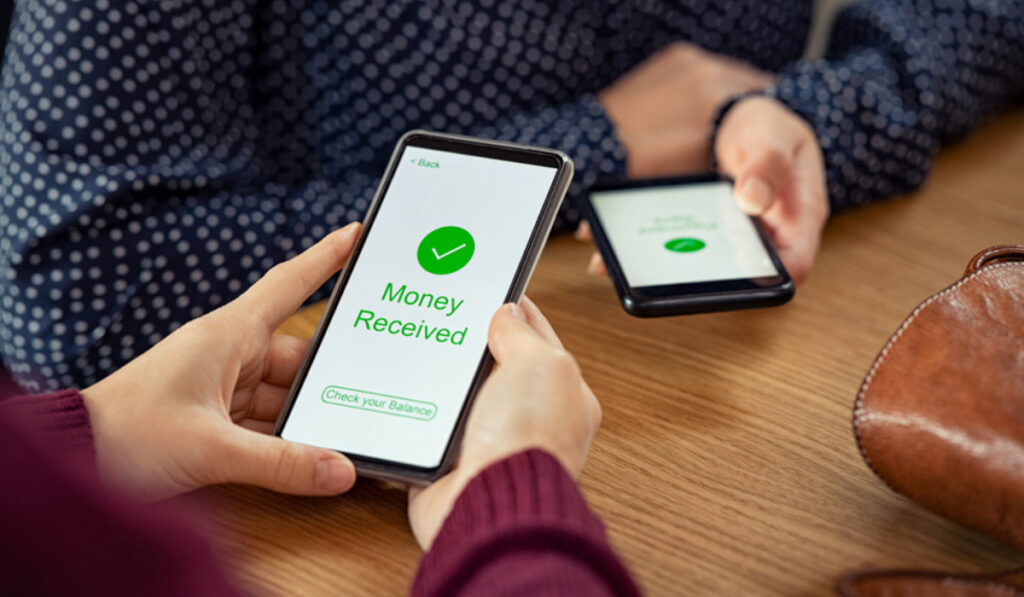In a world progressively going digital, monetary transactions are not lagging, and one such advancement in the banking industry is the Virtual Payment Address (VPA). A VPA, by definition, is a unique identifier facilitating the transfer of money between different bank accounts using the Unified Payments Interface (UPI). It means that with a VPA, you can send and receive money digitally, across the diverse Indian banking landscape without the complex details required for NEFT or RTGS. This article will elucidate what a virtual payment address means in the domain of online transactions, its creation and usage, and the role of distinct features like CVV in debit cards.
What is a Virtual Payment Address (VPA)?
Firstly, what is CVV in a debit card? Card Verification Value (CVV) is a three-digit number provided at the back of your debit or credit card. It offers an additional layer of security to your card, primarily utilized during online transactions to authenticate that the physical card is within the user’s possession. In alignment with RBI guidelines, it is mandatory to provide this number for every online transaction process. CVV enhances the security pertaining to your card, making online purchases more secure.
Steps to Create a VPA
Before getting the ball rolling on creating a VPA, you need to download a UPI application supported by your bank. Available for both Android and iOS, this app enables you to generate your VPA, which usually looks like ‘alias@bankname’ and is as unique as an email ID. Therefore, multiple users cannot share the same VPA. Once you install the application, you register your bank account with the app, set-up the login process and select the VPA of your preference. Post-validating the necessary details and authenticating them as per the bank’s procedure, your VPA is ready to be used.
How to Use Bajaj Pay UPI
Bajaj Finserv’s recent venture into the realm of digital payments, the Bajaj Pay UPI, takes the convenience of VPA a notch higher. With Bajaj Pay UPI, you can conduct multiple financial transactions such as paying utility bills, mobile recharge, and even insurance premium payments with ease. Bajaj Pay UPI, thus, takes digital banking to a whole new level by providing you with fast, easy, secure, and cashless transactions anywhere, anytime.
The Importance of Security in Digital Transactions
To utilize the Bajaj Pay UPI, one needs to download the Bajaj Finserv app. Register adjacent to your Bajaj Finserv registered mobile number, following which you can add your bank account to the wallet. After adding the bank account, set a UPI pin for secured transactions. Once these steps are accomplish, create your VPA which will act as your financial address, replacing the need to provide your sensitive bank details. Now, you’re prepared to conduct money transfers or pay utility bills using the Bajaj Pay UPI.
Conclusion
Having grasped what a virtual payment address means and its attributes, like the CVV in a debit card, we comprehend that they are paramount in safeguarding our online transactions. Privacy and security are no more mere adjectives but have become integral to the rapidly digitalizing world economy. Platforms like Bajaj Pay UPI have amplified this service, ensuring even complex transactions are done with a few clicks. So, move ahead, create your unique VPA and engage in the seamless experience of digital banking with immense security and comfort






More Stories
Graphic Tablet With Screen
Benefits of Himalayan Salt Lamp You Would Love to Know About
Top Online Stores for Ordering Custom Cornhole Uniforms